Report this entry
More from the same community-collection
Olga Bernstein Kohlberg Ceremony
The Dedication Ceremony honoring Olga Bernstein Kohlberg with an ...
Jackie Morgan-Tomko, Woman's Club President, El Paso, TX 2015
Jackie Morgan-Tomko, president of the Woman's Club of El Paso is ...
Olga Bernstein Kohlberg Ceremony - El Paso, Texas
The image shows the announcement as entering the Woman's Club of ...
Olga Bernstein Kohlberg Ceremony - El Paso, Texas
Leslie Bergloff, Site Manager of Magoffin Home State Historic ...
Olga Bernstein Kohlberg Ceremony - El Paso, Texas
Mary Railey, past president of the Woman's Club of El Paso, was ...
Olga Bernstein Kohlberg Ceremony
Eleanor Goodman speaks at a dedication honoring her grandmother, ...
Large Cactus Flowers - El Paso, Texas - 2015
My wife Rosa Beste with real (not fake!) cactus flowers.

















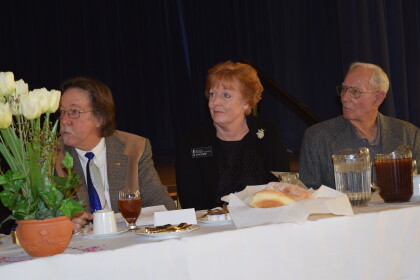

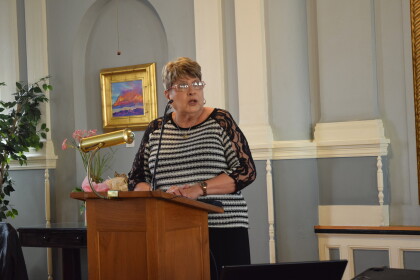

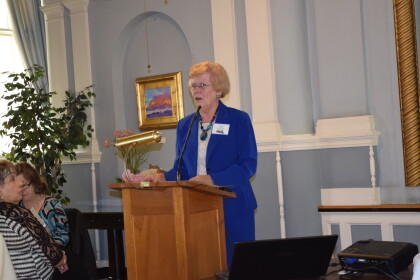
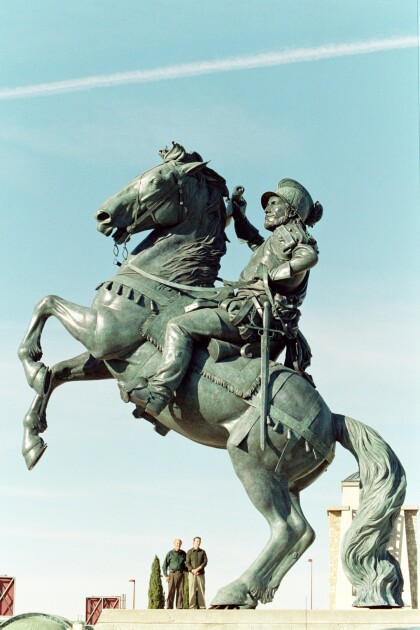
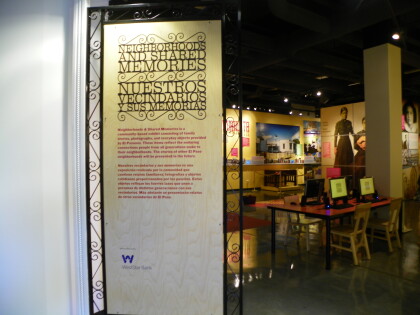


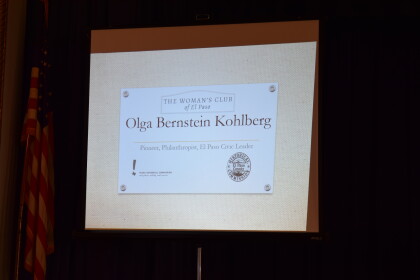
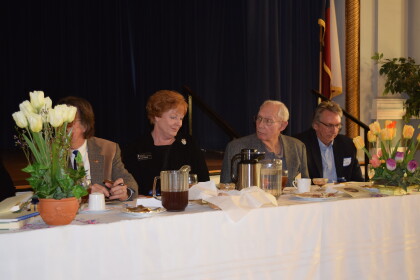
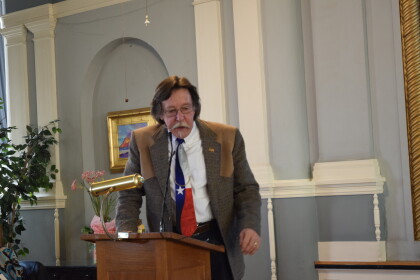
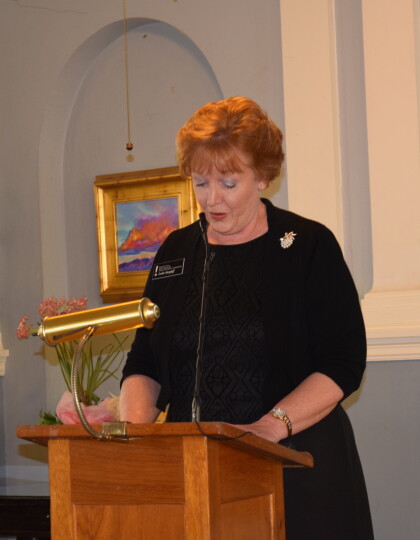
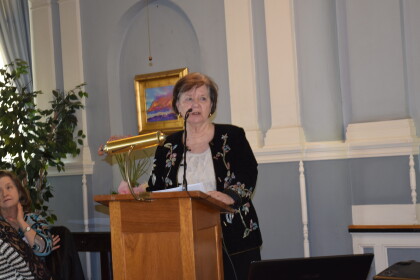
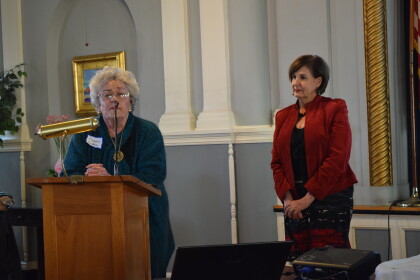
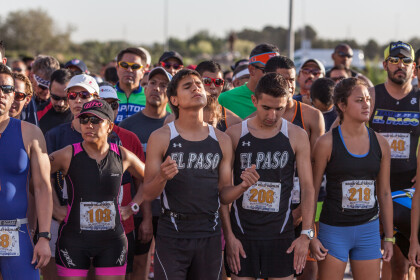

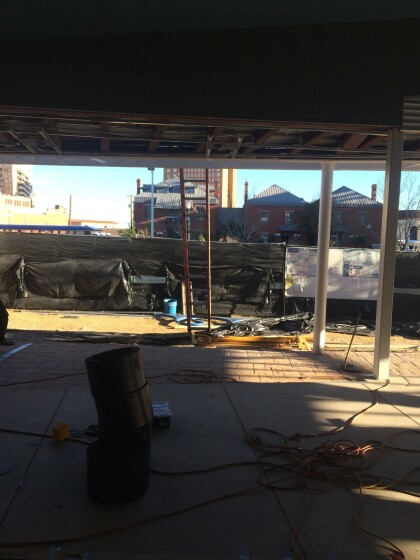
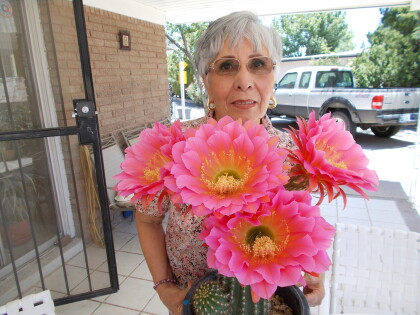
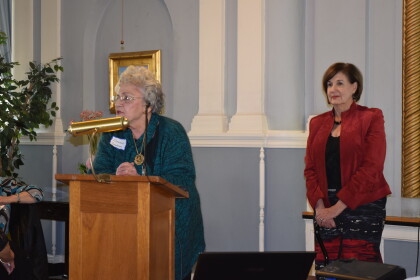
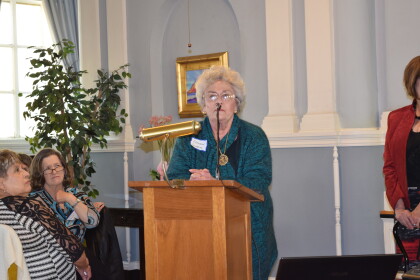
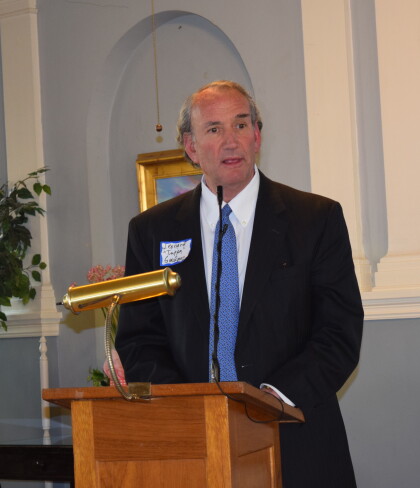
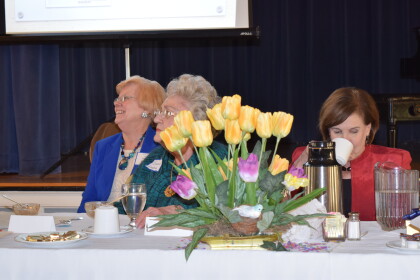
Comments
Add a comment